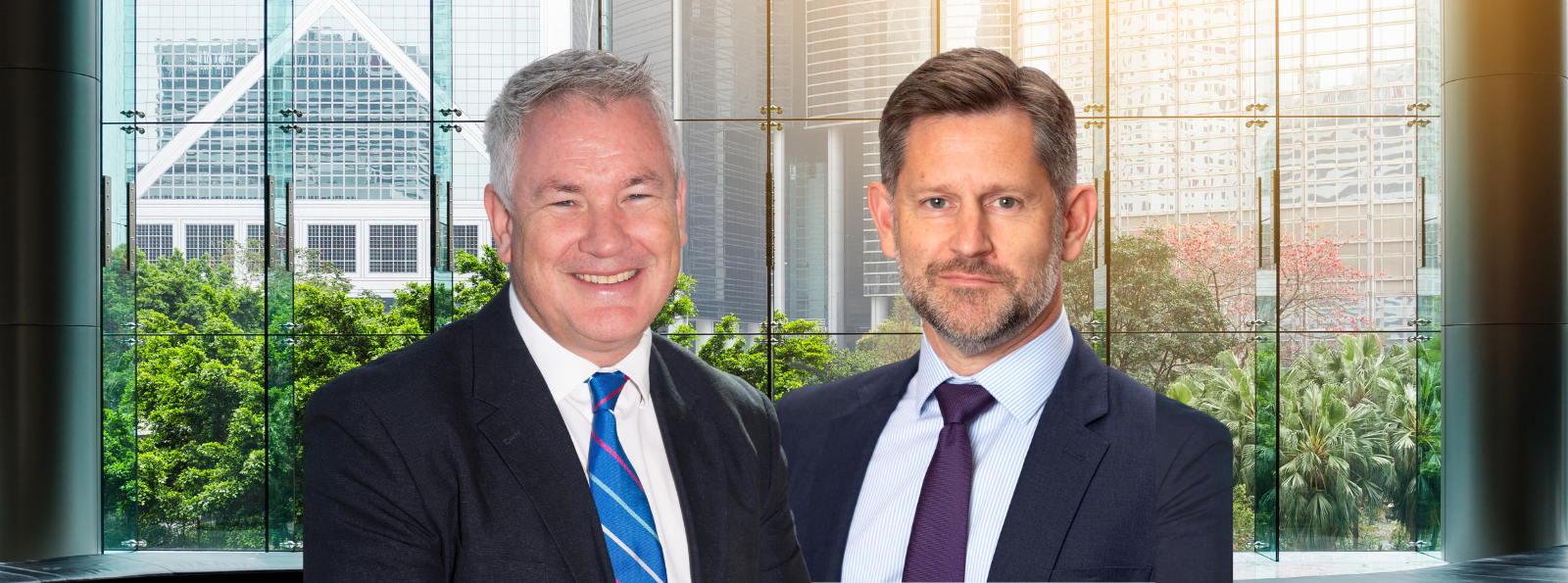How to build the perfect investment portfolio for retirement
The perfect retirement portfolio continues to grow, offers you income above inflation, is relatively stable through market cycles and lasts at least until the end of your life. And of course, there is no perfect answer for investors on what that portfolio looks like. Wouldn’t it be nice if there was?
The traditional wisdom was a 60:40 portfolio, and if we’re really going back to basics, then we’re talking 60% equities and 40% bonds. Times have changed. Not only has that breakdown broadened to growth vs defensive assets but the allocations are also up for debate.
In this wire, I’ll explore some of the research and industry recommendations around retirement. I’ll also consider the views of investment experts.
The biggest challenges facing retirees
There are three primary concerns affecting a retirement portfolio.
- Longevity risk
- Sequencing risk
- Inflation
Longevity risk is the risk you outlive your portfolio.
Richard Dinham, Head of client solutions and retirement for Fidelity International, points to this as being a unique challenge. Retirement can be a longer portion of your life than you initially think.
“It’s difficult to know how long retirement will last, but for people retiring today, they can expect to spend around 24 years in retirement. So, the challenge is building an investment portfolio that provides the confidence that their income will last (in real terms) for as long as they will,” says Dinham.
Challenger describes sequencing risk as “the risk that the order and timing of your client’s investment returns are unfavourable, resulting in less money for their retirement.”
Or as Nick White, Global Strategic Director at Mercer, puts it about both risks, one involves too much risk, the other involves not enough risk.
“Getting the balance between these three things is critical because having enough is important, but you also need enough to compete against inflation should it run hot for a period of time. It erodes real returns. Too often the conversation is around nominal returns and it should be about real returns because you’ve got to keep above the long term inflation,” White says.
.png)
IML portfolio managers Michael O'Neill and Tuan Luu agree with the importance of looking at real returns. They use the example of term deposits to explain. Term deposits are currently offering higher rates of returns compared to what we’ve seen in the last decade and are typically popular with retirees.
“Currently, term deposits carry a negative real rate of return because the inflation rate is above the current level of interest rates. The real rate of return is what you get when you subtract inflation from the nominal rate of return,” say O’Neill and Luu.
So, to put it in perspective, if a standard term deposit offers a 5% return these days and inflation is 7%, your real return is actually -2%. You can read more in this article:
.png)
The academic research into the perfect retirement portfolio
All this leads to the question – what should a retirement portfolio look like? The research and advice, unsurprisingly, varies.
From an academic perspective, there are different ideas.
Research from IESE and Windham Capital explored different allocations in retirement against the ‘coverage ratio’. It defined the coverage ratio as the number of years of withdrawal supported by a particular strategy relative to the length of the retirement period considered. That is, how quickly will a strategy fail or will it outlast the retirement period? The study used historical data across 21 countries and future simulations.
It found the optimal retirement portfolio depended on which country a retiree lived in.
For example, the optimal portfolio in the US had 91% equities and 9% bonds while in Spain, it was 70% equities, 30% bonds.
Australia was similar to the US.
Is this therefore the correct answer for Australian investors?
There are a few things to consider.
A portfolio with 91% equities is likely to be more volatile and more subject to market movements for one. Another consideration is that the investment world is so much more than equities and bonds and there are a range of other types of investments that offer value in a portfolio – most investors these days would view commodities, property and alternatives like private debt as having a role in their portfolios. The study didn’t explore those, simply equities and bonds.
Another study from actuary and financial planner Joe Tomlinson, noted that a higher equity allocation creates more uncertainty in income streams so recommended considering sustainability and stability of cashflows in any assets selected for retirement. He found that whether a focus was 75:25 or 60:40 didn’t actually change the outcomes. What was more important was that the portfolio was structured based on income streams rather than any particular emphasis on asset class allocations.
A different study from Kevin Maritato, Morton Lane, Matthew Murphy and Stan Uryasev published in February 2022 found that the structure of a portfolio and how it would perform was cyclical – it may be best to adjust your portfolios rather than stick to a static structure. In pessimistic times, a portfolio that favoured annuities would do better (where cash flows were below $30,000). In optimistic times, favouring stocks would stand the investor in better stead.
Moving your portfolio around too much to meet market conditions comes with its own problems – after all, the wisdom goes that if your portfolio is set up with the right stocks to meet your long-term goals, then it’s better to hold your course.
Industry guides
Lonsec offers a retirement portfolio construction guide that offers more flexibility across the investment landscape. You can see the full details here.
The crux is that the optimal retirement portfolio should be multi-strategy and will depend on the client, the size of their investments and what their goals are (including during life or after – do they want to leave a bequest to charity or to family for example). No one size fits all here.
It advocates two layers of investment with one focused on basic income needs and the other as a ‘lifestage layer.
There are certain styles of products focused on each.
Basic income needs include bank deposits, term deposits, annuities and the aged pension and a lifestage layer. The lifestage layer is focused on capital growth, yield and protection and will be a personalised trade off between yield, preserving capital or growing capital.
In the lifestage layer, you might find growth via equity funds, risk control via absolute return funds and yield through REITS, fixed interest, hybrids, private credit or equity yield.
How the investment experts approach retirement portfolios
Taking on board all the research, it’s not yet time to throw out the 60:40 model – if it’s right for you and with some modifications.
Dinham notes that the 60:40 model can still offer a positive mix of growth and defensive assets, but advocates looking across asset classes rather than just focusing on equities and bonds.
His suggestions for retirement portfolios include:
- A short-term bucket of liquid assets to cover 1-3 years of known future expenses.
- Well-diversified portfolio to smooth the volatility of returns over time.
- Some ‘risky’ assets like equities and property to keep pace with inflation over time.
- Manage uncertainty over longevity by:
- a buffer.
- adjusting expenditure over time.
- hedge the risk with a longevity product like an annuity.
White believes it is a constant balance between supporting risk sensitivity in retirement and giving retirees what they need long term. A 60:40 approach can work – but you need to think differently about what investments are defensive. In the current market, being too traditional can hurt your portfolio.
“We tend towards 60-70% risk. Our lifecycle strategy comes down to about 60% growth at retirement and stays relatively flat from there on. A third of the growth allocation is in real assets to ensure a reasonable inflation linking. Obviously there’s also a chunk in Australian equities which tends to do better in an inflation scenario compared to other equity markets,” White says.
The real assets used in the retirement stages are typically infrastructure and property. Like Dinham, White emphasises the importance of being truly diversified. After all, equities and bonds often have a positive correlation in inflationary markets.
“You need to look for strategies that are more defensive in nature. For example gold, though this is often embedded in Australian equities exposures, or more defensive alternatives strategies like macro-oriented hedge funds. Trend hedge funds are not great in a crash but can be useful in cycle transition periods,” says White.
The final verdict?
The 60:40 portfolio isn’t dead for retirement portfolios – but you need to think differently in your approach if you use it. Be mindful of retirement risks, your goals, needs and circumstances. These are portfolios that are sensitive to risk yet are still long horizon investments.
If we take from both the academic research and the experts, a focus on sustainable income and risk-managed growth doesn’t go astray in planning your retirement portfolio.
What allocation structure do you use in your retirement portfolio and do you have any high conviction picks in your portfolio? Let us know in the comments below.
3 topics
1 contributor mentioned

